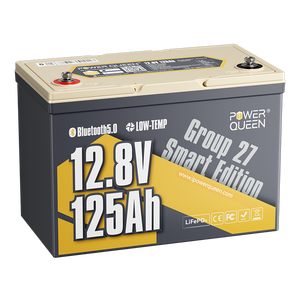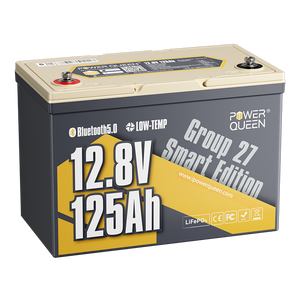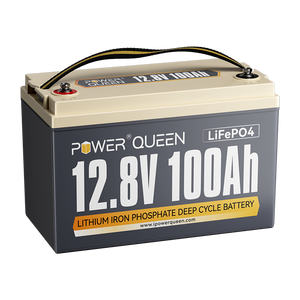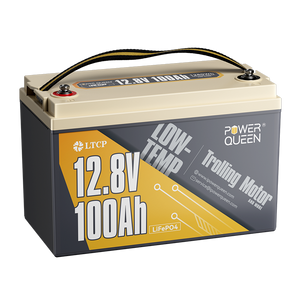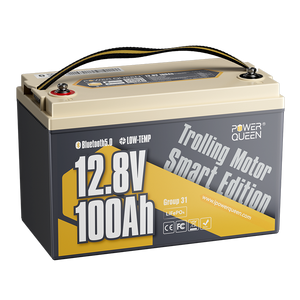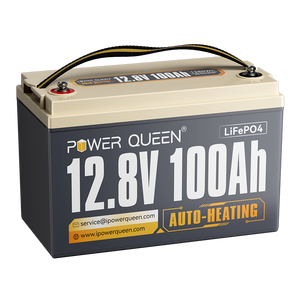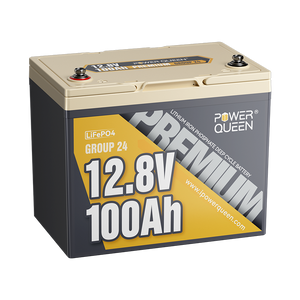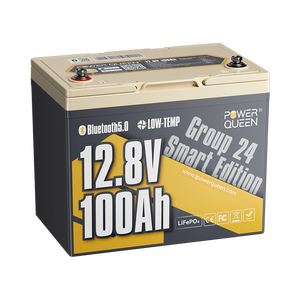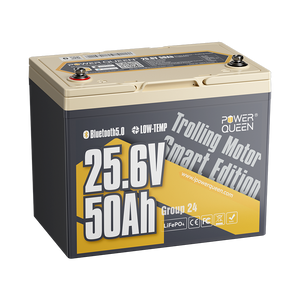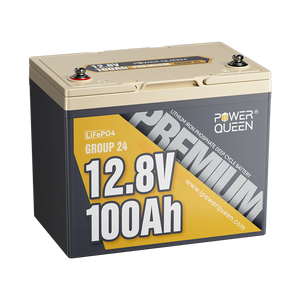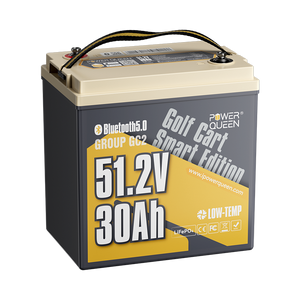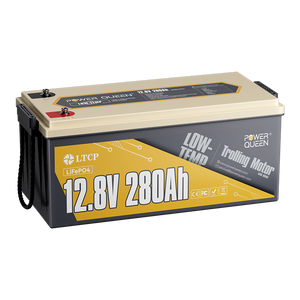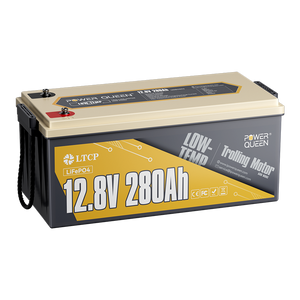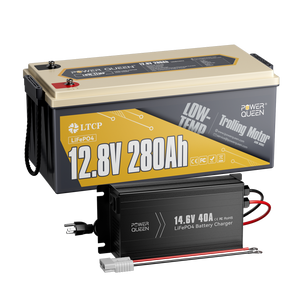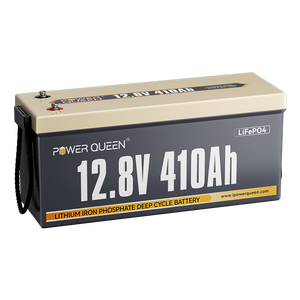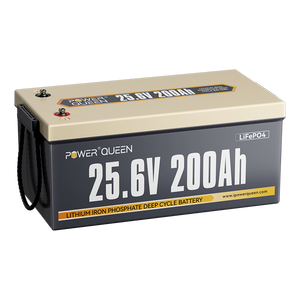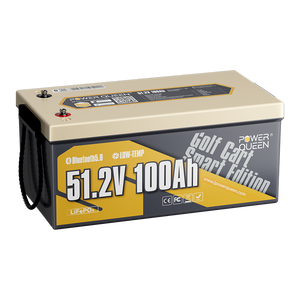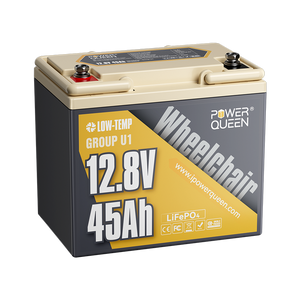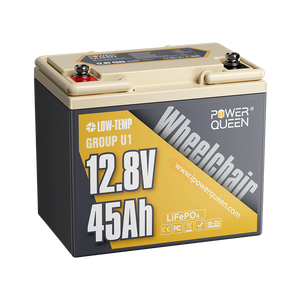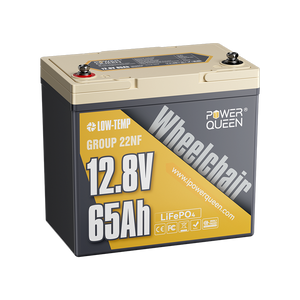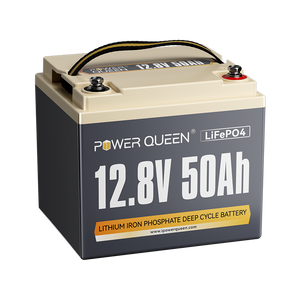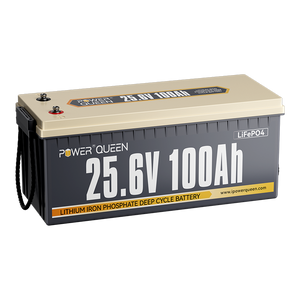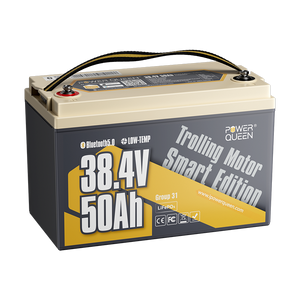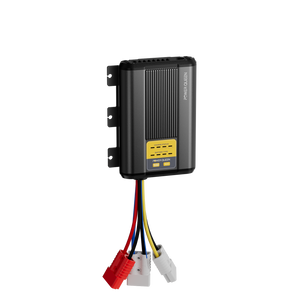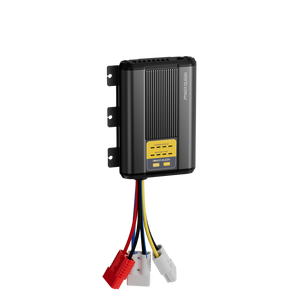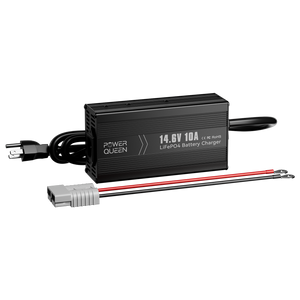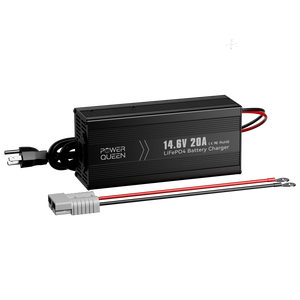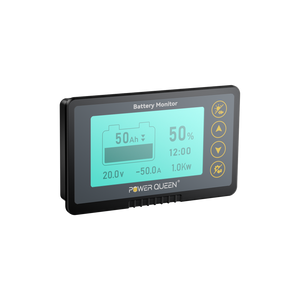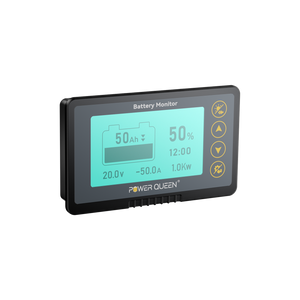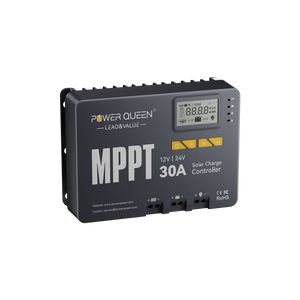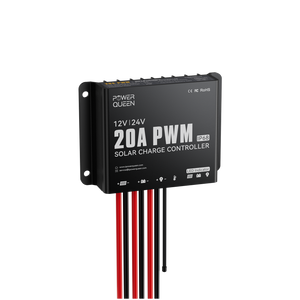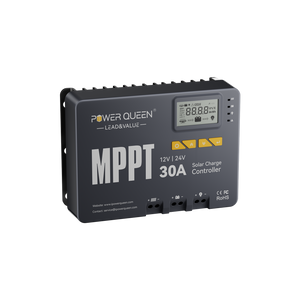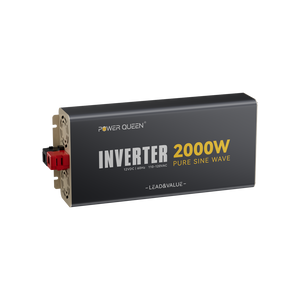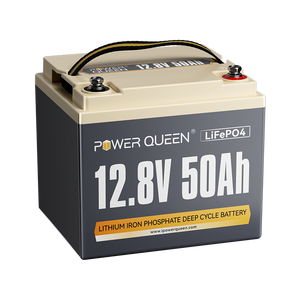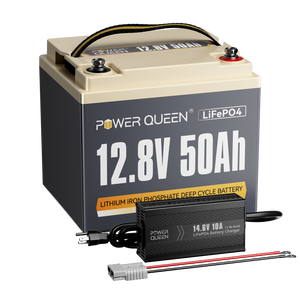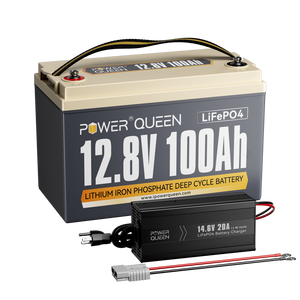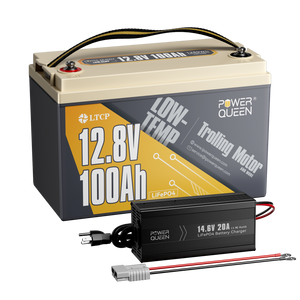[Full Guide] What Is An Amp Hour (Ah)
The phrase "Amp Hours" (Ah) is commonly used in the battery industry to refer to a battery's capacity and endurance. Knowing Amp Hours is essential for making wise decisions regarding your power requirements, regardless of whether you're a tech enthusiast, owner of an electric car, or a house with solar panels.
We'll examine the idea of Amp Hours, its importance, and how it affects different facets of our everyday life in this post.
Table of Content
- Part 1. What Are Battery Amp Hours (Ah)?
- Part 2. How To Calculate Battery Capacity?
- Part 3. The Difference Among Amps, Ohms, and Volts
- Part 4. AC VS DC
- Part 5. Is A Higher Ah Battery Better?
- Part 6. Batteries Offer Versatility
Part 1. What Are Battery Amp Hours (Ah)?
The unit of measurement used to characterize a battery's capacity to store energy is Amp Hours, or Ah for short. It shows how much energy a battery can provide for a given amount of time. One amp of current can be delivered by a 10Ah battery for ten hours, two amps for five hours, and so on. In essence, a battery with a greater Ah rating will last longer before requiring a recharge.
Volts (V) are comparable to water pressure, while ohms (Ω) measure resistance, which is comparable to pipe size, when comparing electrical current to the flow of water through a pipe in a plumbing system.
Similar to how the flow rate of water through a conduit is measured in gallons or liters per minute, the flow of electricity is represented in amperes (amps). When one volt of electrical pressure is exerted against one ohm of resistance, one ampere of current flows.
Ohm's Law, which asserts that current (I) equals voltage (V) divided by resistance (R), or, numerically, I = V/R, provides the best explanation of the relationship between amperage, voltage, and resistance. Consequently, one ampere of current would occur from a device applying a potential of one volt across a resistance of one ohm.
Practically speaking, knowing amps, ohms, and volts is related to the electricity requirements of commonplace equipment. A typical LED lightbulb, for instance, may use 0.02 amps, whereas a major device, such as a refrigerator, may need 3 to 15 amps.
When evaluating the feasibility of a renewable energy system, like a LiFePO4 lithium battery, it is also beneficial to have a basic understanding of how amperage relates to operating devices and appliances.
Part 2. How To Calculate Battery Capacity?
Battery capacity, which indicates how much charge a battery can hold, is commonly expressed in ampere-hours (Ah) or milliampere-hours (mAh). The following formula can be used to determine battery capacity:
Capacity (Ah) = Current (A) × Time (h)
Where:
- Capacity is the battery capacity in ampere-hours (Ah)
- Current is the current drawn from the battery in amperes (A)
- Time is the duration for which the current is drawn in hours (h)
For example, if a device draws a current of 0.5 A for 10 hours from a battery, the capacity of the battery can be calculated as:
Capacity = 0.5 A × 10 h = 5 Ah
This signifies that the battery has a capacity of 5 ampere-hours, allowing it to provide a current of 0.5 A for 10 hours.

Part 3. The Difference Among Amps, Ohms, and Volts
Amps, ohms, and volts are fundamental units used to measure different properties in the field of electricity and electronics.
Amps (Amperes): Amps measure electrical current, or the passage of electric charge. An ampere is defined as the passage of one coulomb of charge per second. Simply put, it measures the amount of electric current that flows through a conductor. Current is equivalent to the flow of water in a pipe, while amperes quantify the rate of passage of electric charge.

Ohms: Ohms are the units of measurement for electrical resistance. Resistance is the obstacle that a material provides to the flow of electrical electricity. One ohm is the resistance that prevents one ampere of current from flowing when one volt of electrical pressure is applied across it. In other words, ohms quantify how difficult it is to conduct electricity through a material.
Volts: The force or pressure that propels electric current through a conductor is measured in volts as the electrical potential difference. The potential difference across a conductor when one ampere of current passes through it and one watt of electricity is dissipated is known as one volt. The "push" or pressure that drives the flow of electric current is measured in volts, to put it simply.
In conclusion, volts measure the pressure that propels the flow, amps measure the electric current flow, and ohms measure the resistance to that flow. Ohm's law, which states that the current (in amperes) flowing through a conductor between two places is inversely proportional to the resistance (in ohms) between them and directly proportional to the voltage (in volts) across the two sites, connects these three units.
Mathematically, Ohm's law is expressed as V = I * R, where V is voltage, I is current, and R is resistance.
Part 4. AC VS DC
Electrical current comes in two varieties: alternating current (AC) and direct current (DC). Here is a quick synopsis of each:
4.1 AC (Alternating Current):
- Periodically, the electric current in AC reverses direction.
- Because it can be readily converted to other voltages using transformers, AC is the electrical current type that is utilized in the majority of households and businesses.
- Power plants produce AC current, which is more effective than DC for long-distance transmission.
4.2 DC (Direct Current):
- Electric current only flows in one direction in DC.
- In addition to some electrical systems and sectors, DC is frequently utilized in solar cells and batteries.
- DC is also utilized in certain specialized applications, such data centers and subway systems, where it provides benefits in terms of efficiency and control.

Part 5. Is A Higher Ah Battery Better?
The unit of measurement for electric charge is Ah, which expresses how many amperes may be extracted from a battery in a given time frame, usually one hour.
A battery's Ah essentially indicates its capacity; a higher Ah indicates a larger battery.
So, does greater power come from a battery with a higher Ah?
Consider the following example:
Within an hour, a 50Ah battery can supply 50 amperes of current. Likewise, 60 amperes of electricity can be delivered by a 60Ah battery in the same amount of time.
Although both batteries are capable of producing 60 amperes, it will take the larger battery longer to run out of power.
Therefore, a longer runtime—though not necessarily more power—is indicated by a higher Ah.
In conclusion, a battery with a higher Ah will last longer than one with a lower Ah.
The device's performance and runtime determine the precise Ah rating. Choosing a battery with a greater Ah will allow for much longer use between charges.
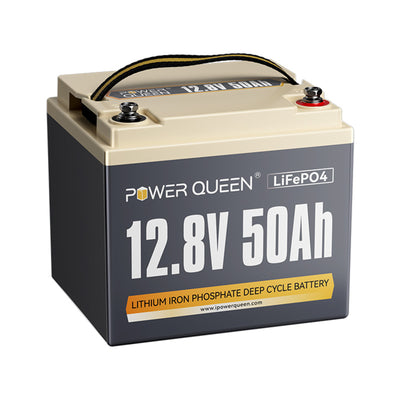

Part 6. Batteries Offer Versatility
The ability of batteries to be connected in series or parallel to modify voltage and current is among their most intriguing features. You can design a battery bank that satisfies a variety of needs by using a few formulae.
Are you getting ready to install a renewable energy system in a van? Or maybe supplying off-grid essentials for a cabin? For deep cycle lithium batteries that are both high-quality and technologically innovative, be sure to check out the Power Queen online store.
